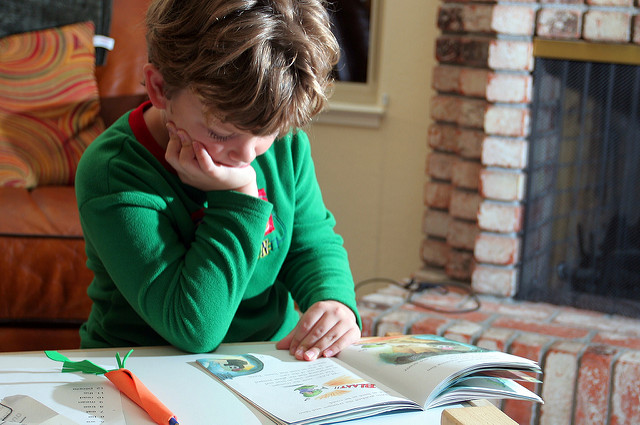This post is also available in Dutch.
While scientists are currently trying to develop treatments that prevent severe near-sightedness in humans, there might be a much simpler solution to the problem: just spend more time outside.
If you are reading these lines, there is a big chance you are doing so using corrective lenses such as glasses or contact lenses. And you are not alone. The prevalence of correctable visual impairments has been increasing for the past few decades. For the most part, this is not because we tend to get older and experience general degradation of vision with age. Instead, especially near-sightedness, which develops early in life and is also called myopia, is on the rise in many countries across the world. Some east Asian countries in particular have experienced a dramatic increase in the condition, such that up to 90% of adolescents and young adults are near-sighted. Some scientists even call this phenomenon the myopia boom and say it spreads like an epidemic. But why do more and more humans need glasses?
Myopia – not a new problem
Scientists have asked this question for a while now, as they noticed the rise in myopia already during the last century. Back then, there were multiple theories of why near-sightedness would become more common. One of the traditional views was that bad eyesight had been an evolutionary disadvantage, meaning that before the invention of glasses, myopia would have decreased the chance of survival as well as finding a partner and having children. However, there is a lot of evidence that myopia can develop within one or two generations in certain populations that showed almost no occurrence of the condition before. This is way too fast to be the consequence of an evolutionary process.
Is our behavior to blame for myopia?
Another idea that has been around for a while, is that reading promotes near-sightedness. So sticking your nose into a book too much (literally!) was considered bad for your eyesight. At some point this theory was given a modern twist and the amount of time we spend behind computers and glued to our smartphone was claimed to cause myopia.

Is reading really one of the factors contributing to the development of myopia?
Image by John Morgan via flickr (CC BY 2.0).
However, while there is some evidence pointing in that direction, many scientific studies have failed to provide sufficient support for this hypothesis.
Additionally, a study from 2008 provides a new and different explanation. The researchers compared two populations of children, one from Sydney, the other from Singapore. While the prevalence of myopia was almost the same in the parent generation, much fewer children from Sydney developed myopia compared to children from Singapore. This was the case even though children in Sydney read more books and did more activities that required near vision (such as reading, studying, computer use/playing video games, or watching TV). The main factor that was associated with the difference in prevalence of myopia was the amount of time spent on outdoor activities. Similar results were also found by another study. That means children who spend the most time outdoors are the least likely to develop myopia. Of course, this is just one of many good reasons to spend time outdoors, especially at a young age. So next time when the weather is really lovely outside, maybe you can experience it from the other side of the window.
Written by Eva, edited by Francie and Marisha.
